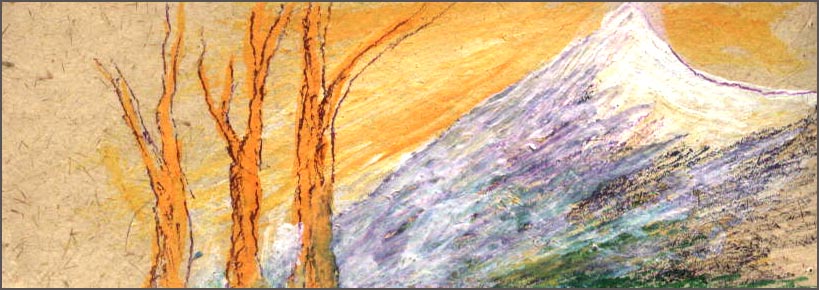

ANDHRA SCULPTURE Dr.Sanjiva Dev |
The satavahanas constructed stupas and chaityas at amaravati.under the reign of gowtamiputra sri satakarni, vasishtiputra sri pulamavi and yagna sri satakarni, amaravati scluprit that was Buddhist, flourished abundantly. The celebrated founder of madhyamika philosophy in Mahayana. Acharya nagarjuna is believed to have lived in the reign of the last satavahana kings. Satavahanas reign was not confined to Andhra alone; it extended to religions outside Andhra. A symbol is more potential than an image. In an image we behold the familiar form whereas in a symbol no familiar form is noticeable. An image is an end in itself while a symbol leads us to something other than itself and yet which it represents. That is why the primitive art as well as the modern art are rather symbolic. Indirect expression is more aesthetically felt than the direction expression. The Hinayana sculptor in amaravati had adopted the symbolic method for sculpting the life of Buddha in stone. They were wise enough to choose four principal events from the life of Buddha they took every care not to sculpt the image of Buddha. On the column of a chaitanya they sculpted, in a symbolic way,the birth of Buddha,the enlightenment,the first sermon and the maha-parinirvana or the death of Buddha. They suggested the birth of Buddha in the form of a lotus creeper emerging out of a vessel.The enlightenment was depicted placing the forms of a throne and the footprints under a tree. The first sermon was symbolized by creating a wheel over a pillar, for the first sermon was called ‘dharma chakra pavattana’ or the revolution of the wheel of righteousness.While |
departing for benaras for delivering his first sermon, Buddha uttered “dharma chakra pavattetum gacchami kansinam puram”, which implies “I am going to benaras for revolving the wheel of righteousness”.Eventually,the fourth and the last event in the life of Buddha’s death was suggested by sculpting the form of a stupa by which were seated the adorers. A stupa is a symbol of death and that was why the form of stupa was depicted for suggesting the death of Buddha. Thus the Hinayana sculptors were able to create in stone, the life of Buddha without showing the image of Buddha. The Andhra satavahana artists executed even some of the exquisite sculptures of the gateways of sanchi. The
Mahayana sect of Buddhism,which emanated in the second century A.D.
commenced producing the image of Buddha in sculpture,for there was
no ban on worshipping the image of Buddha in Mahayana Buddhism.
Lord Buddha had objected to worship either his person or his image
during his life- The amaravati relief sculpture is indeed exquisite poems in stone. A relieve depicting the worship of Buddha by a woman is one of the masterpieces of | amaravati
sculpture. The rhythmic curves of form, the charm revealed in the
posture, the cadence of the vibrations of life in the figures is
ench-anting indeed!There is another sculpture, depicting a toilet
scene, which is both at amaravati and nagarjuna-konda.This piece
too is a masterpiece. The figures carved in the later period of
amaravati sculpture are different from those done in the early period.
The figures of the later period are subtler than the early ones;
these are more advanced in treatment, style and technique. Some
novel types of ornaments are to be found in those later ones. Among
these ornaments there is a long yagnopaveeta stringed in pearls.
It was the first time that the pearl-stringed sacred thread was
introduced in the sculpture of that period.The same type is to be
found in ghantasala,nagarjunakonda, gumma-didurru and goli.The special
characteristics of Buddhist sculpture have been the depiction of
secular subjects apart from the religious ones. In these sculptures
are seen the forms of humans, animals, birds, trees, etc., instead
of those of gods and goddesses. The Buddhist artists sought delight
in giving form, in stone, to common scenes of every day life. They
never belittled the common aspects of the daily life of man. Love
and hatred separation and union,amity, song and dance, sorrow and
suffering, sport and toilet, birth and death etc.
did not escape the aesthetic
vision as well as the artistic creation of the Buddhist of those
times. The stupa
built by the satavahanas in amaravati gradually grew and came into
prominence in the reign of vasis-htiputra pulamavi.The history of
the Buddhist sculpture under the satav-ahanas can be divided in
to two one belonged to B.C, and other to A.D. there is some difference
between these two sculptural styles of these two periods. |
||